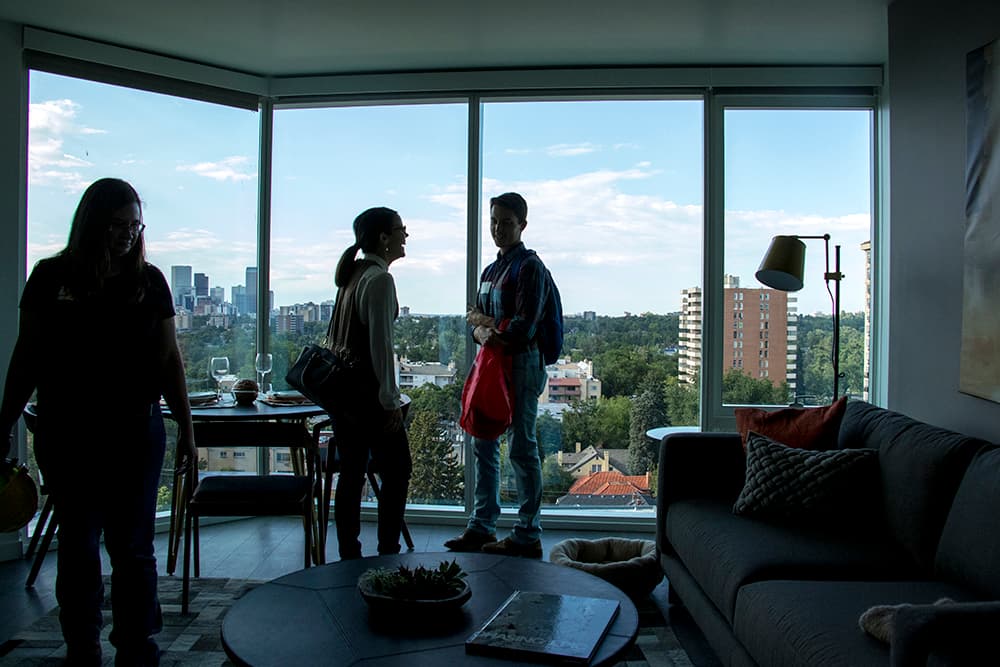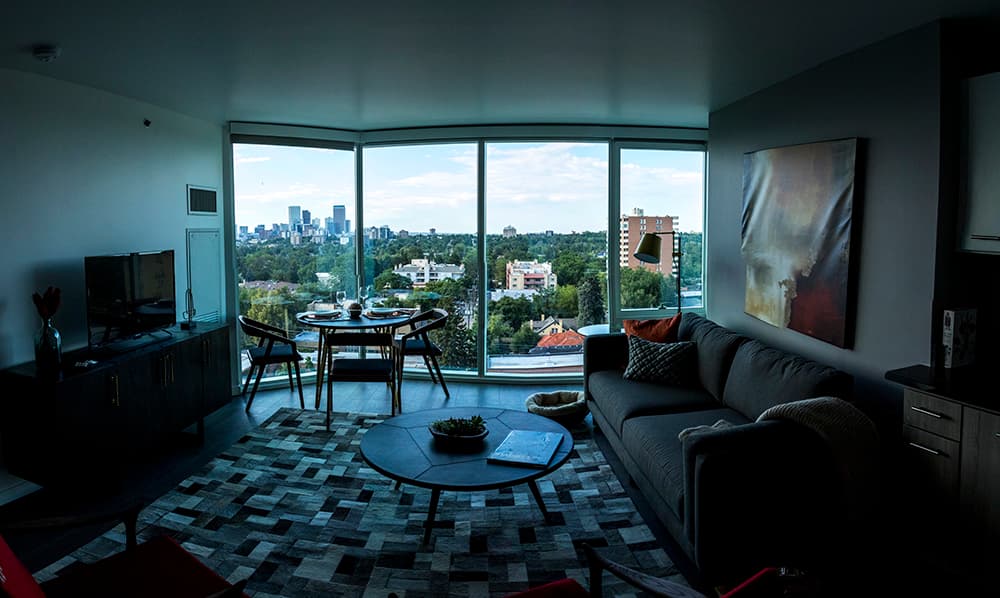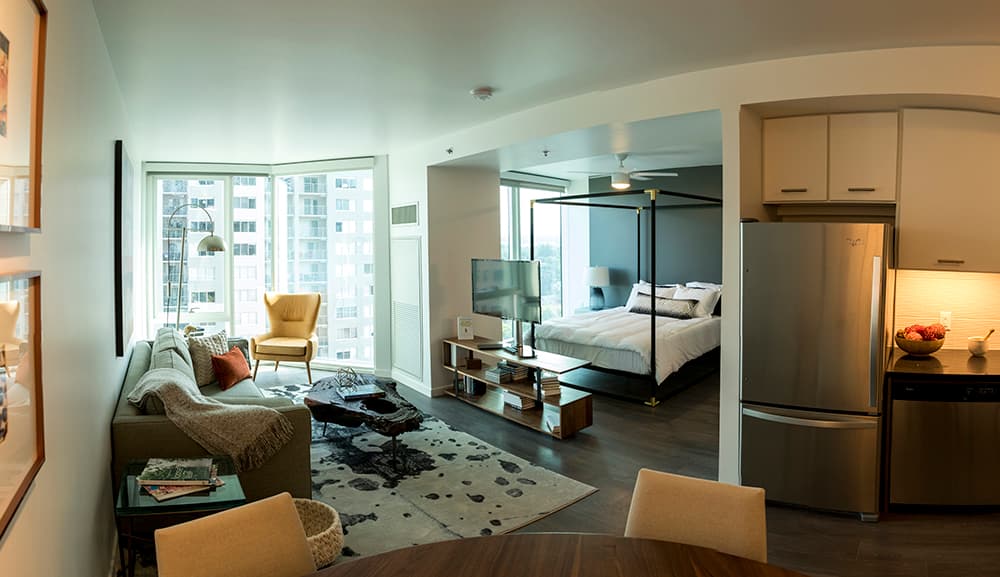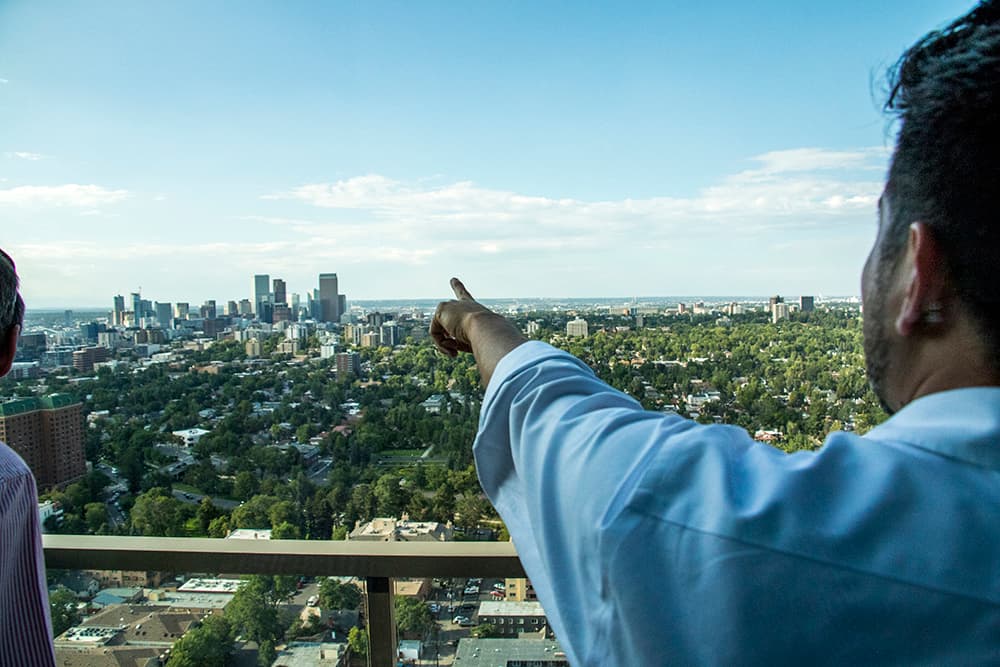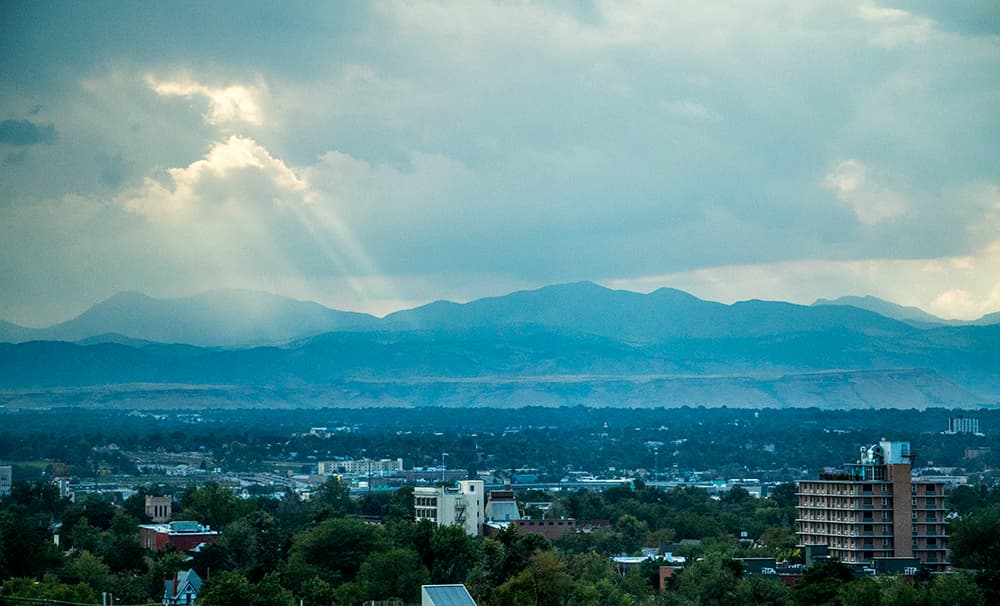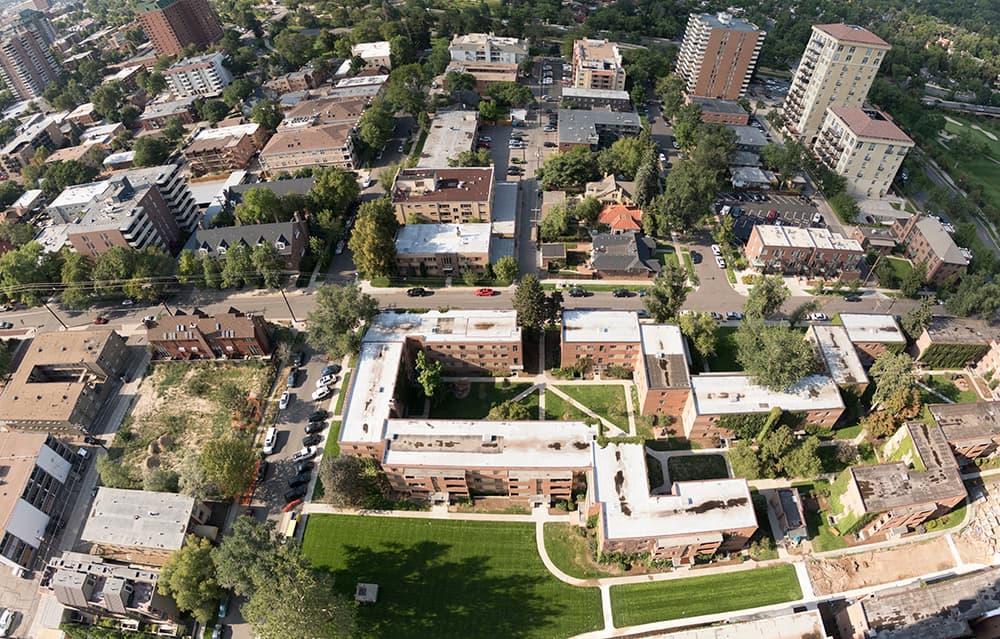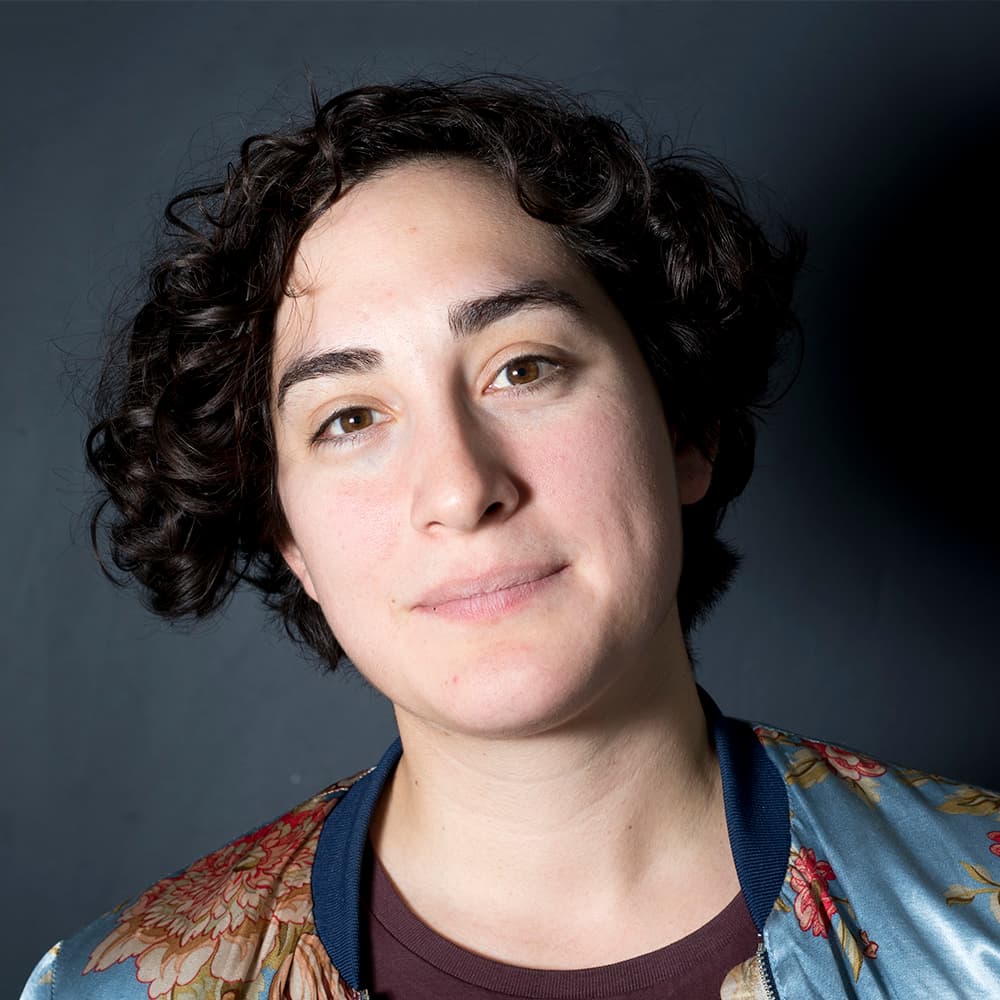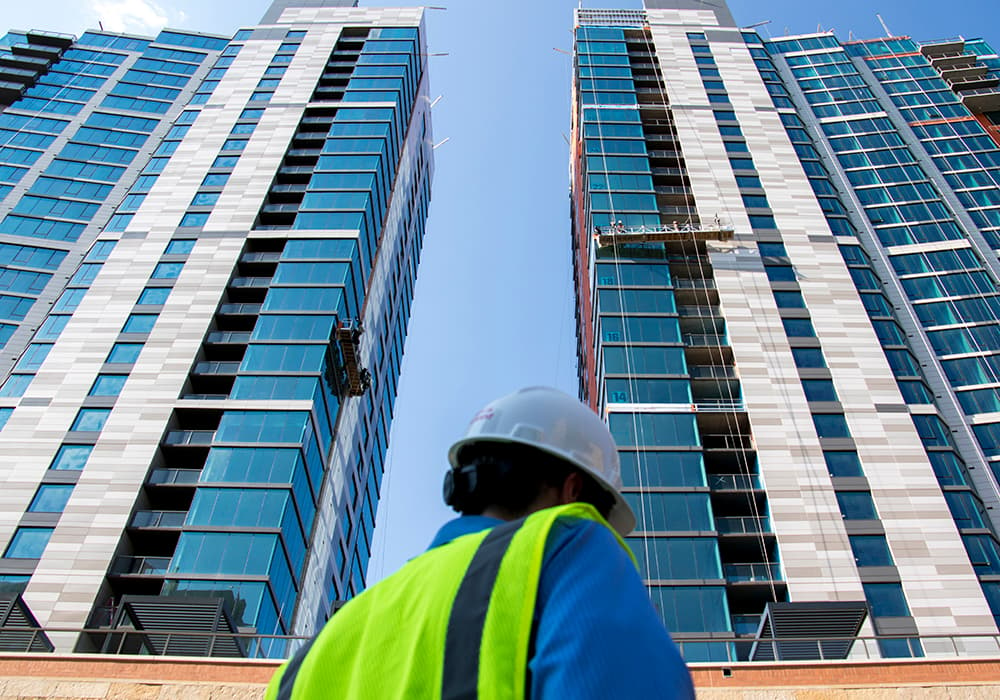
The newly completed 32-story high Country Club Towers are unmistakable. You don't have to be in West Washington Park to see them either -- the development from Broe Real Estate Group is visible from about two miles away if you're at the right height.
Broe's vice president of development Walter Armer says the company is comfortable with the way they've changed the city skyline.
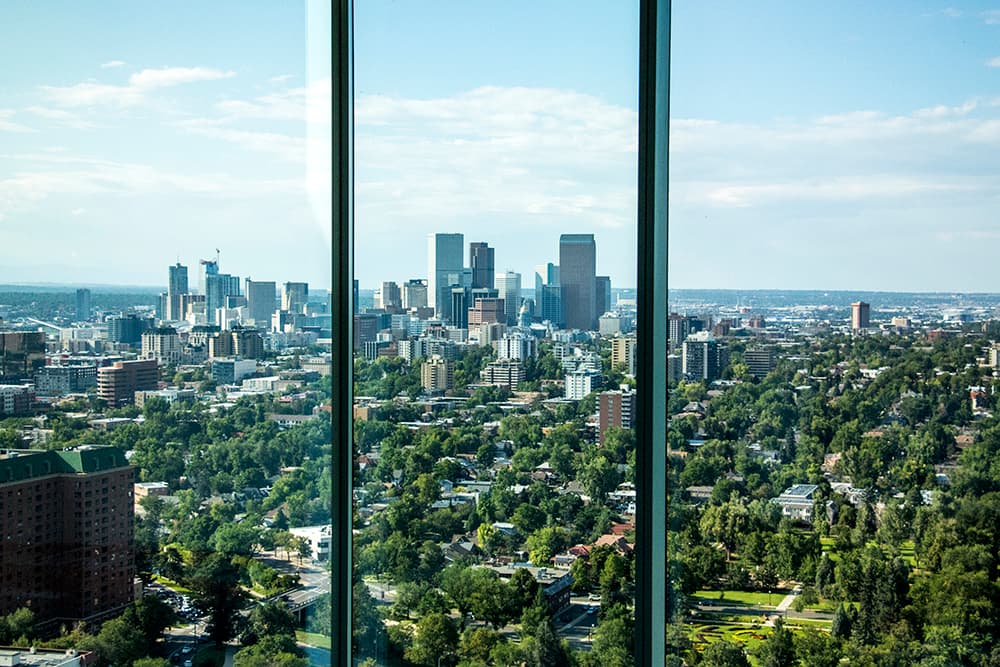
"I think it's an architecturally beautiful building. We spared no expense to make that happen. And it's got a thin profile," he said. "Those things to me combine in a way that it doesn't look monolithic. It blends gracefully, to the extent a high-rise building can, into the surrounding neighborhood."
The new building will have 558 apartments in all, though only one of the towers is open at this point. Currently 281 units have opened, and residents of those units are moving in.
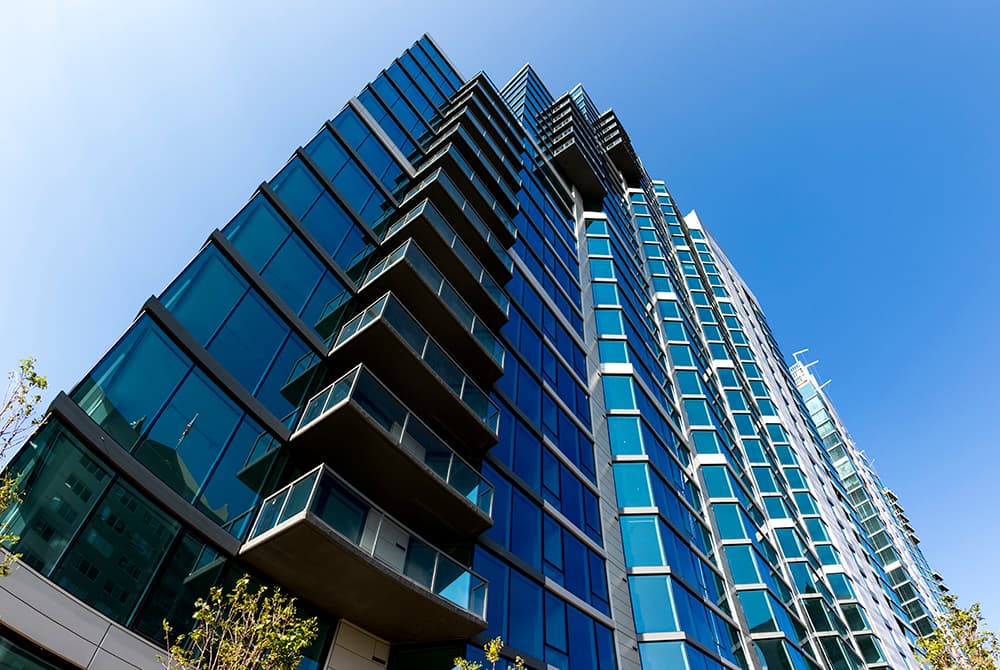
When it's all said and done, there will be 52 studios, 300 one-bedrooms, 200 two-bedrooms, and six garden-style units which include one and two bedrooms. Of those units, 10 are penthouse suites.
As you might predict, a building that includes ten penthouses can command some pretty steep rents. The rents range from $1,600 to almost $4,000 for most units, though the penthouses will cost up to $6,800 a month.
Armer says that the building will probably appeal mostly to professionals from age 25 to 35, empty-nesters and maybe a few people who want a secondary residence.
Broe expects that a development this large has the capacity to become a community unto itself through shared amenity spaces and programming. And part of that community's culture is designed to be urban.
"We believe in densification. We're inner city here," Armer said. "We're doing things here that hopefully discourage car-use -- we're buying a van and we're going to have our own vanpool."
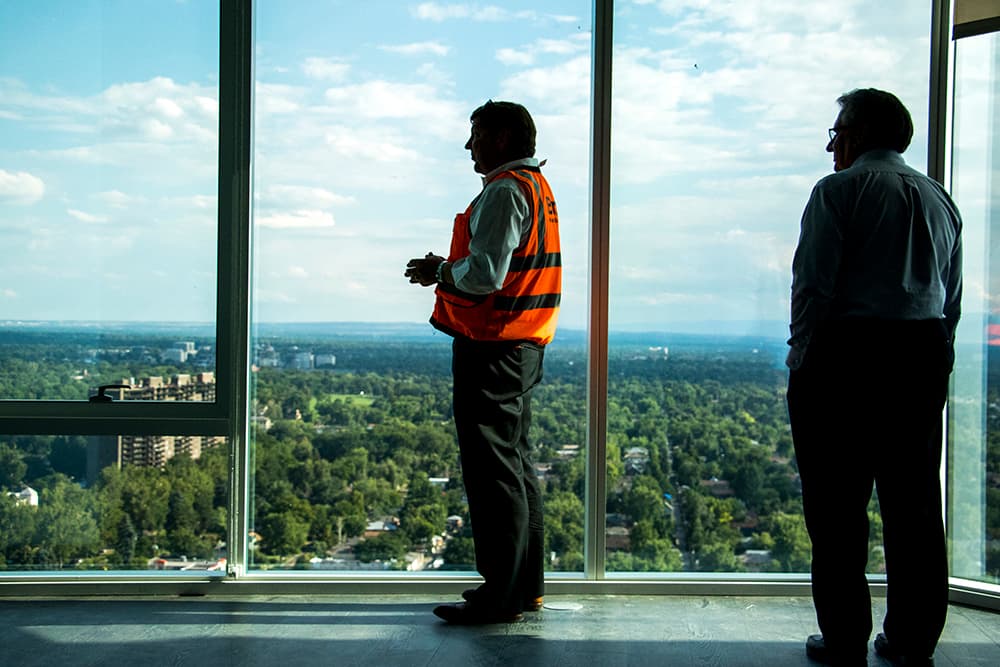
Which ultimately means that though conversations about size and scale are important, the Country Club Towers project is oriented towards a future where more developments like it are built.
"I moved here from San Francisco, so it's very dense. I loved it. You can walk everywhere and I did," Armer said. "And that's what this is about. This might be chicken-and-egg, right? But if you get densification, now you have more restaurants, retail and services, and I think that'll start to happen."
Editor's note: An earlier version of this story incorrectly stated the distribution of unit styles and rental ranges. The error has been corrected.
